| |
Kamancello
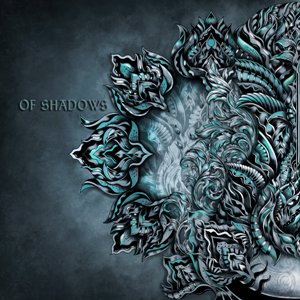
Of Shadows
(independent) - 2020
Harun Zulic
|
For the third time, Kamancello presents its wide-ranging cultural exchange connecting East and West. With Of Shadows, they prove Macklemore's statement that music has always connected people in a way that no other medium can.
Kamancello is cellist Raphael Weinroth-Browne and Shahriyar Jamshidi, who plays the kamancheh, a bowed string instrument used primarily in Persian, Azerbaijani and Kurdish music. Together the pair have been performing improvisations based on Kurdish modal music and Western classical music since 2014. Although there are no direct quotes in Kamancello's improvisations, many of the melodies that appear on Of Shadows are derived from or inspired by the Kurdish musical tradition. The album was recorded live at Toronto's Union Sound Company in April 2016, along with their two previous albums, Kamancello and Kamancello II: Voyage.
Although, as Weinroth-Browne points out, the titles do not claim to be "overly specific about the meaning or imagery behind each piece," the all-encompassing connection between them is undeniable. A darker and more nocturnal atmosphere is something that binds each piece of the album into one cycle. The carefully and precisely chosen titles evoke the general mood and direct the listener to a particular connotative complex, i.e. they suggest and direct the listener's psychological response to the musical content.
The opening piece, 'Beyond the Gate', "had the feeling of an introduction or perhaps a sort of rapid procession through the walls of an ancient edifice into some mysterious world." This is followed by 'To Mourn', which suggests impassioned lamentation. Listening to it seems to evoke an earlier event, reliving its experience and memories, especially through the kamancheh portion. This is further emphasized by active playing on one string or by a rapid, slurred bowing across strings. 'The Rider' begins with a free counterpoint imitation of one motif through these two culturally very different but sonically very similar instruments. After a short intro, the piece continues with galloping 2/4 rhythms, which immediately bring to mind horses (an essential part of Persian - and by extension Kurdish - culture and history).
Weinroth-Browne explains the fourth piece in his own words: "'Dance of Shadows' features a lengthy free dialogue in which the instruments mirror each other. It's hard to tell which instrument represents the real individual, and which one represents the shadow, but I had the thought that perhaps they were both shadows engaging in some kind of dance." The piece closes on a quieter note, with the dynamic having dimmed to a subtle, more intimate feel. 'On the Precipice' starts with agitated gestures, and with a short rapid, repeating rhythm continues in dance character. Like 'Dance of Shadows,' it ends with a slight descent of dynamics, giving it in a somewhat more fragile finish. Finally, 'Towards the Inevitable' begins with a very emotional improvisation that stands out mainly through the cello section, after which it establishes a characteristic 7/8 pulse "that moves inexorably forward, as if to embrace the inevitable end (of the album)".
If we compare Of Shadows with the previous two albums, we can notice a different character and a different tuning (C-G-C-G) on the last four pieces, which also represent, Weinroth-Browne tells us, "the main factors that contributed to the darker feel of this album." This dark side is also aided by the choice of minor keys. The record displays a host of techniques, from simultaneous bowing, pizzicato and arpeggiando to open tunings (G-G-D-G, C-G-C-G on cello, and D-G-D-G, C-G-C-G on kamancheh) and quarter tones (a central feature of Middle Eastern music). Also, one can hear the significant presence of counterpoint techniques, which are in most cases a part of improvisation, especially the ostinato technique, and the use of occasional chordal harmony to colour modal melodies.
Weinroth-Browne and Jamshidi have compatible musical personalities that do not control each other, but rather have a mutual influence that contributes to the improvisation. Their artistic expression is more instinctive than planned, thus organically creating music in the moment. If you have ever been tempted by free improvisation, Kamancello's Of Shadows is a marvellous example of artistic freedom.
|
|
Suggestions
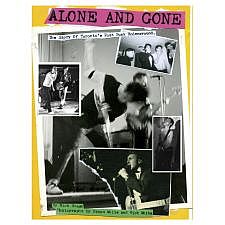
Nick Smash
Alone and Gone: The Story of Toronto's Post Punk Underground
(independent)
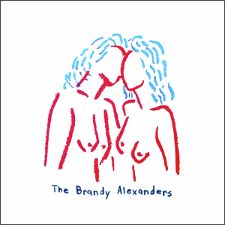
The Brandy Alexanders
The Brandy Alexanders EP
(independent)
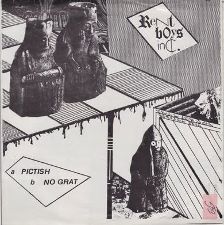
Rent Boys Inc.
Pictish / No Grat - 7"
(independent)
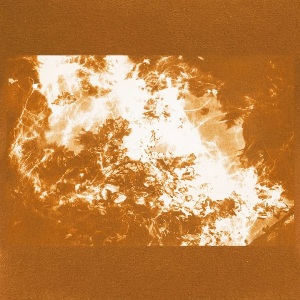
Camera
Dimanche (download track)
(independent)
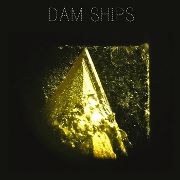
Dam Ships
Dam Ships EP
(independent)
|








